
Revitalizing Orchids Using Tea: A Comprehensive Guide with Handy Tips

Orchids are beautiful, exotic plants that can brighten up any home. However, like all plants, they require special care to thrive. If you've noticed that your orchid isn't blooming like it used to, or its leaves are losing their luster, it might be time for a little plant pampering. One surprising and natural way to give your orchid a boost is by using tea. Tea, especially black or green tea, is packed with beneficial nutrients and antioxidants that can help revitalize your orchids.
In this comprehensive guide, we'll explore the ways tea can benefit your orchids, how to apply it effectively, and tips for maintaining the health of these gorgeous plants.
Why Tea Works for Orchids
Tea contains essential nutrients and compounds that benefit orchids. Some of these benefits include:
1. Tannins: Found in many types of tea, tannins are natural compounds that help fight off fungal infections, which can sometimes affect orchids.
2. Antioxidants: Both black and green tea are rich in antioxidants, which can help boost the orchid’s immune system and promote healthier growth.
3. Nutrients: Tea contains trace elements like magnesium, potassium, and nitrogen, which are beneficial for plant health, supporting better root development and stronger stems.
4. pH Balance: Tea can slightly acidify the water, which is ideal for orchids since they thrive in slightly acidic soil.
Types of Tea to Use for Orchids
When using tea to revitalize orchids, not all types of tea are created equal. Here's a breakdown of the most common types:
-
Black Tea: Black tea is high in antioxidants and has more tannins than other types. It’s excellent for promoting orchid growth and protecting them from fungal infections.
-
Green Tea: Green tea is also rich in antioxidants but has fewer tannins than black tea. It’s gentler and can be used regularly to support orchid health.
-
Chamomile Tea: Chamomile has anti-inflammatory and antifungal properties, making it a great option for treating orchids with root rot or fungal issues.
-
Herbal Teas (Caffeine-Free): While these teas don't have the same level of nutrients, they can still be beneficial for orchids if you're looking to avoid caffeine.
How to Apply Tea to Your Orchids
Now that you know why tea is beneficial, here’s how to use it to revitalize your orchids:
1. Tea Water for Orchids
One of the simplest ways to use tea for orchids is by watering them with diluted tea water.
-
What You'll Need: 1 cup of brewed tea (without sugar or milk) and 3 cups of water.
-
How to Make It: Brew a cup of tea, let it cool to room temperature, then dilute it with three times the amount of water. The resulting solution should be a mild tea mixture.
-
How to Apply: Use the tea water to water your orchids as you normally would. You can apply this solution once every two weeks to give your orchid a boost. The nutrients in the tea will help encourage healthy roots and foliage.
2. Tea Soak for Orchid Roots
If your orchid is struggling with root rot or appears weak, a tea soak can help revive the roots.
-
What You’ll Need: 1 cup of chamomile tea and water.
-
How to Make It: Brew a cup of chamomile tea, let it cool, and mix it with 3 cups of water.
-
How to Apply: Submerge the orchid roots in the tea mixture for 10 to 15 minutes. This soak can help eliminate harmful bacteria, promote healthy root growth, and rejuvenate the plant.
3. Tea Spray for Orchids
If you're dealing with fungus or pests on the leaves, you can make a tea spray.
-
What You’ll Need: 1 cup of brewed black tea (cooled) and 1 cup of water.
-
How to Make It: Brew the tea and allow it to cool completely. Then, mix it with an equal amount of water.
-
How to Apply: Pour the tea into a spray bottle and lightly spray the leaves and stems of your orchid. The tannins in the tea will help deter pests and reduce fungal growth. Be sure to spray in the morning to prevent excess moisture from lingering overnight.
4. Tea Fertilizer for Orchids
Tea can also act as a mild fertilizer for your orchids.
-
What You’ll Need: 1 tablespoon of black tea leaves or 1 tea bag and water.
-
How to Make It: Steep the tea in water, and allow it to cool completely. If using loose tea leaves, strain them out.
-
How to Apply: Use the cooled tea as a mild fertilizer by pouring it directly onto the orchid’s soil. The nutrients from the tea will support root growth and overall plant health.
Tips for Using Tea with Orchids
-
Avoid Sugar: Always use tea without sugar or milk. The sugars can attract pests and lead to fungal growth, which can harm your orchid.
-
Don’t Overdo It: While tea is beneficial, it’s important not to overdo it. Excessive use of tea can harm the orchid’s root system. Use it as a supplement to your regular care routine, not as a replacement for water.
-
Regular Watering: Continue to water your orchid with regular water to maintain a balance. The tea should complement your regular watering schedule, not replace it entirely.
-
Watch for Signs: Always monitor your orchid after using tea. If you notice any signs of stress, such as yellowing leaves or a decline in health, discontinue the use of tea and return to regular watering.
Conclusion
Revitalizing your orchids using tea is an easy, natural, and effective method to support their growth and health. Whether you're using it as a gentle fertilizer, a soak for stressed roots, or a spray for pests and fungus, tea can give your orchid the extra care it needs to thrive. By following these simple steps and observing your plant's response, you can enjoy a healthier, more vibrant orchid display in your home.
Happy gardening, and enjoy watching your orchids bloom beautifully with the help of tea!
News in the same category

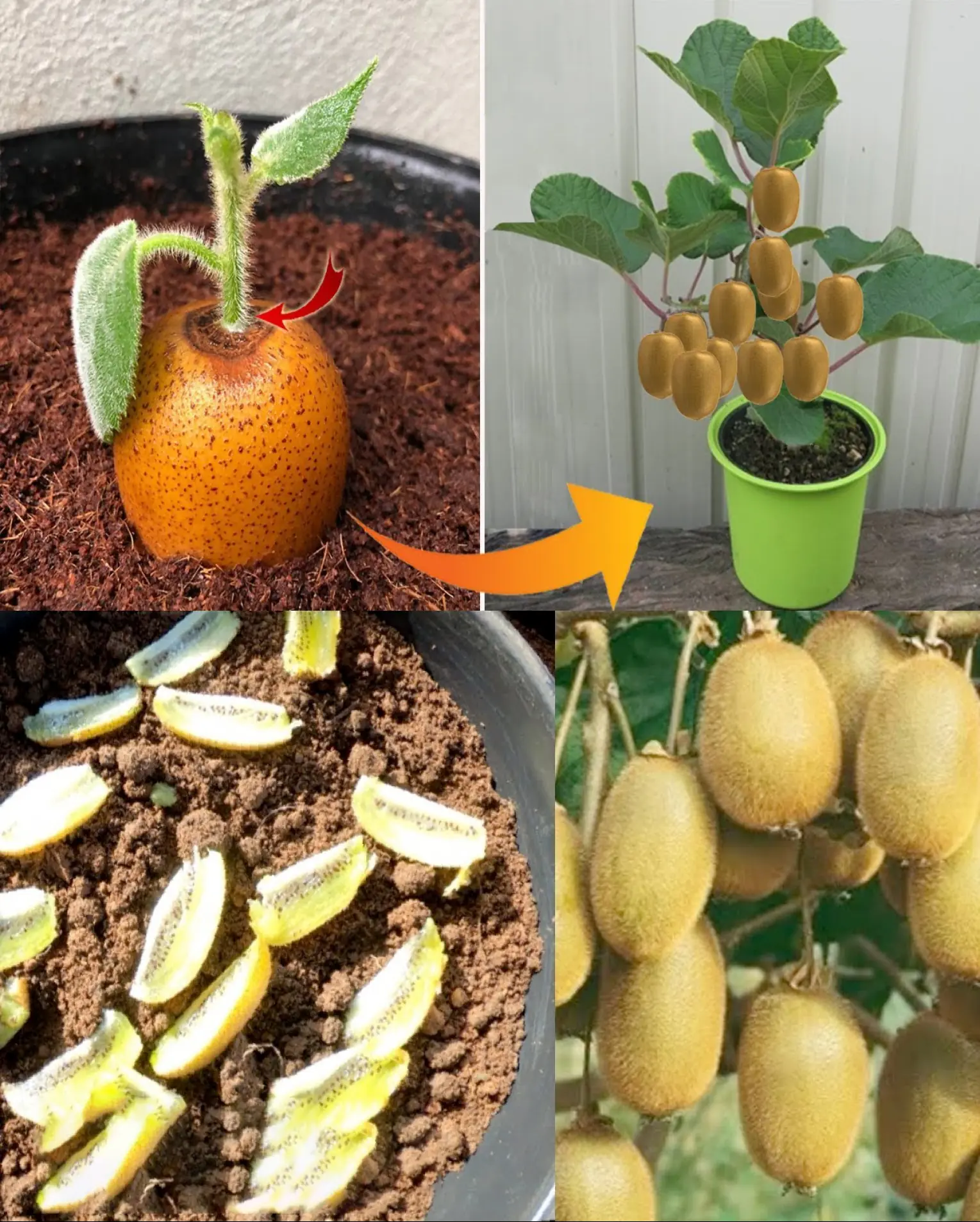
How to Grow Kiwi in Containers at Home
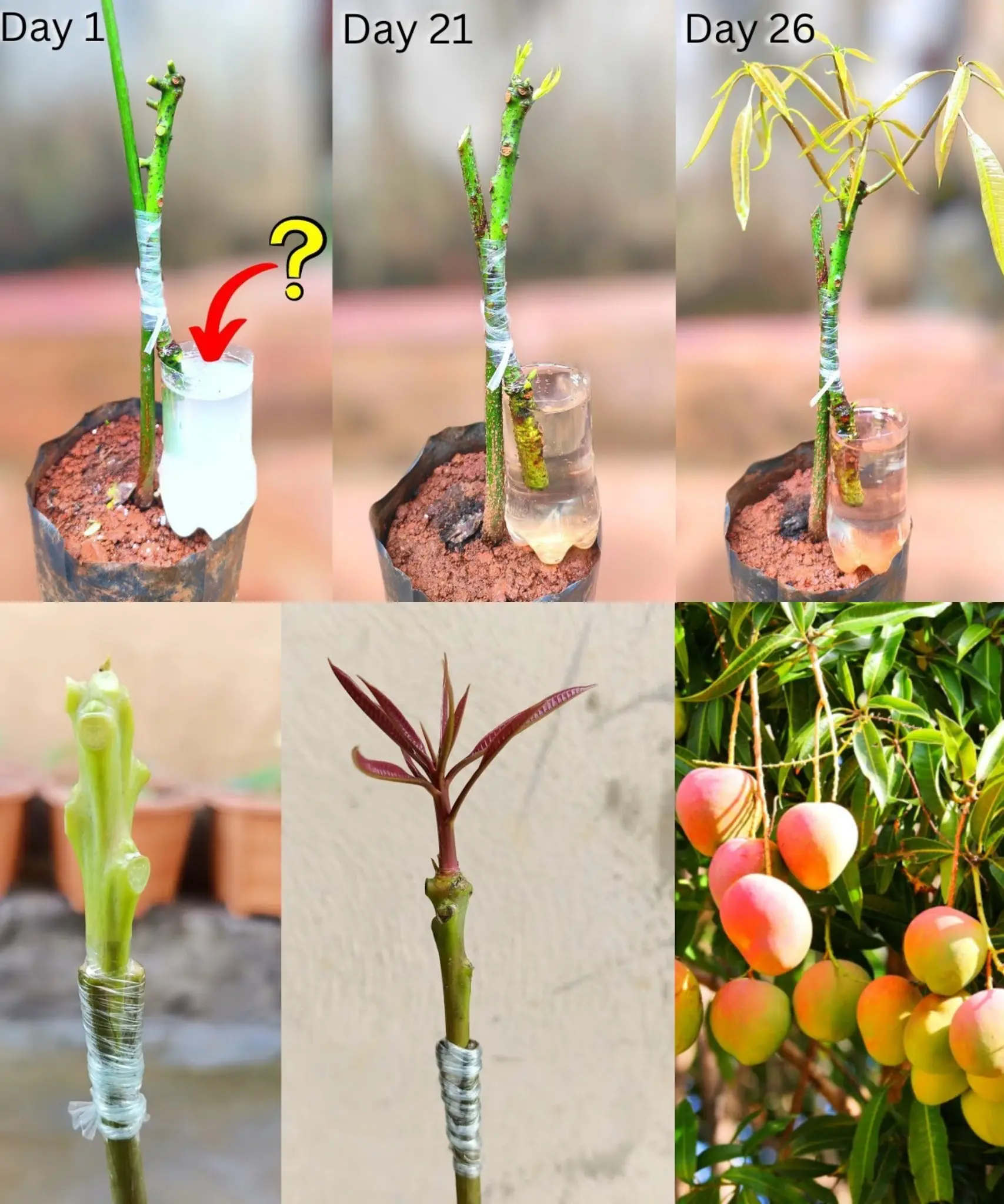
How to Plant a Mango Seed and Successfully Grow
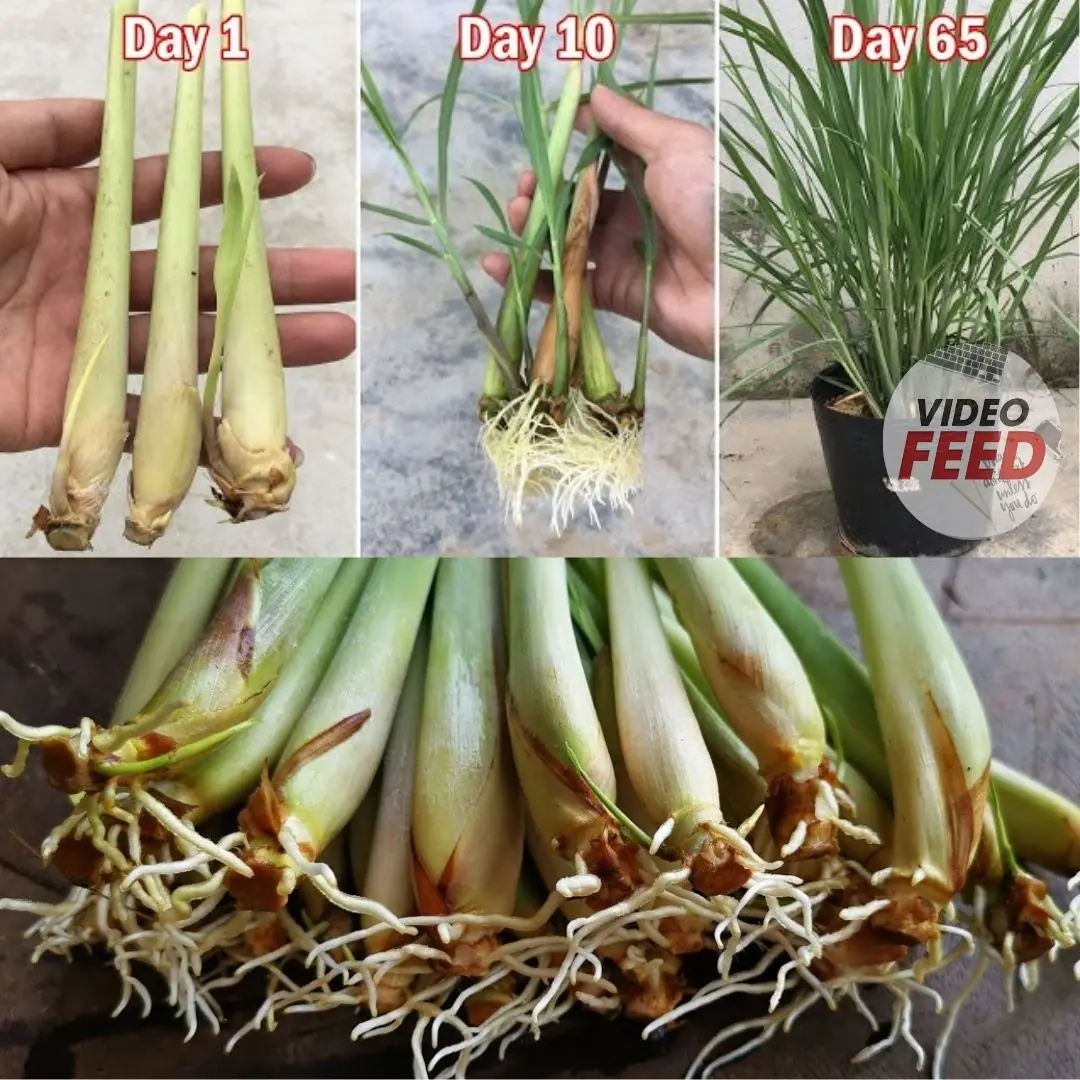
Secrets to growing lemongrass at home – easy to do, suitable for beginners
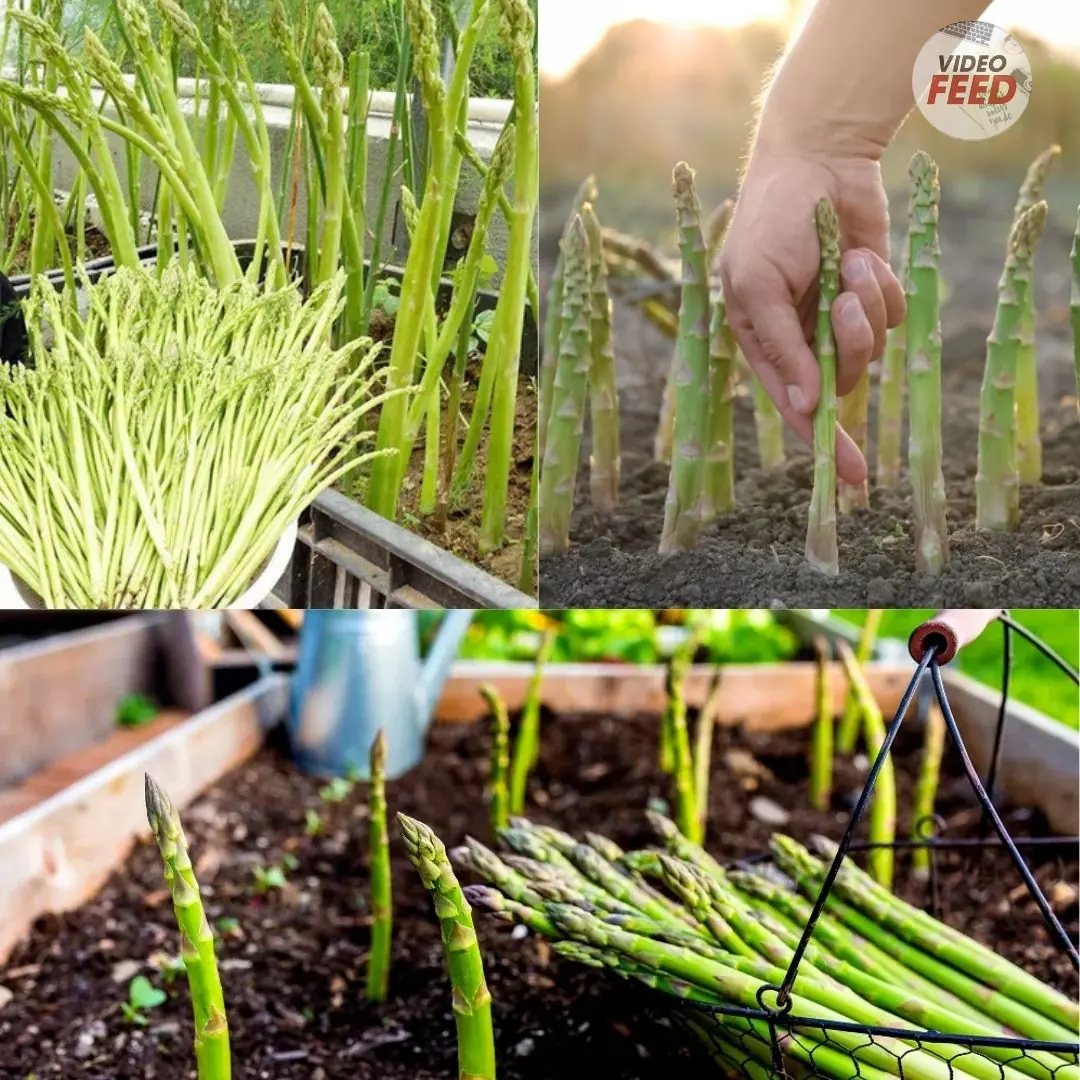
Grow Your Own Asparagus Plants

How to Grow a Pineapple at Home: Simple and Fast
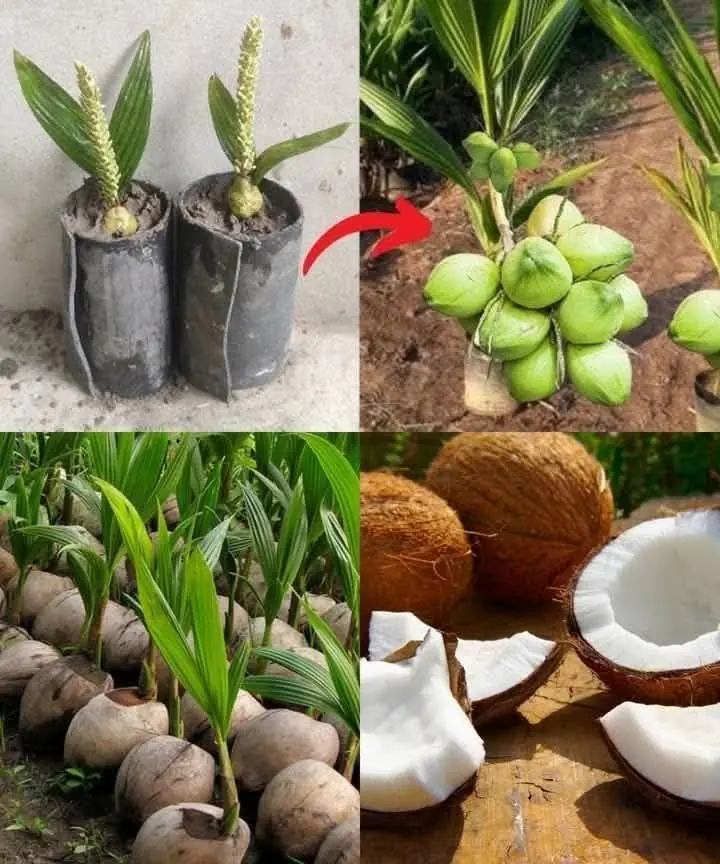
How To Grow Coconut Tree From Coconut Fruit
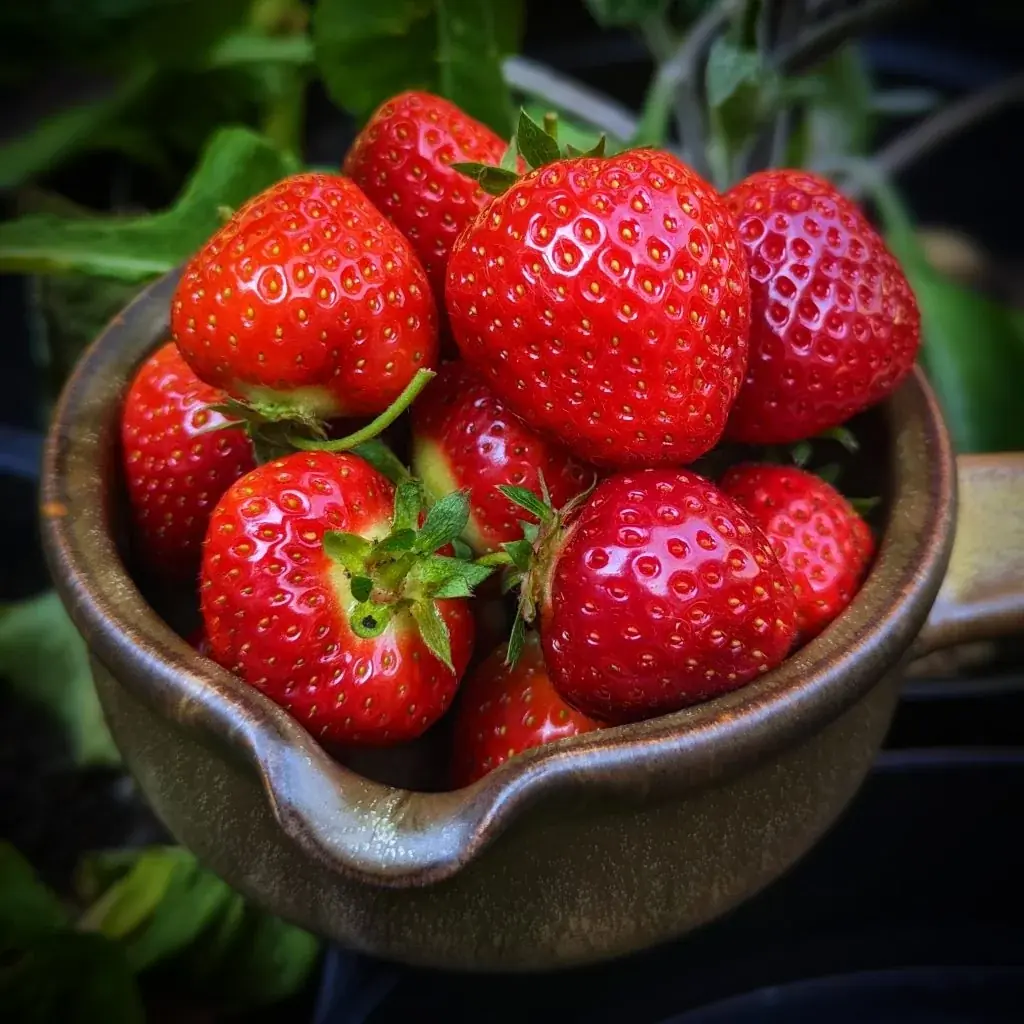
How To Grow Strawberries From Seed
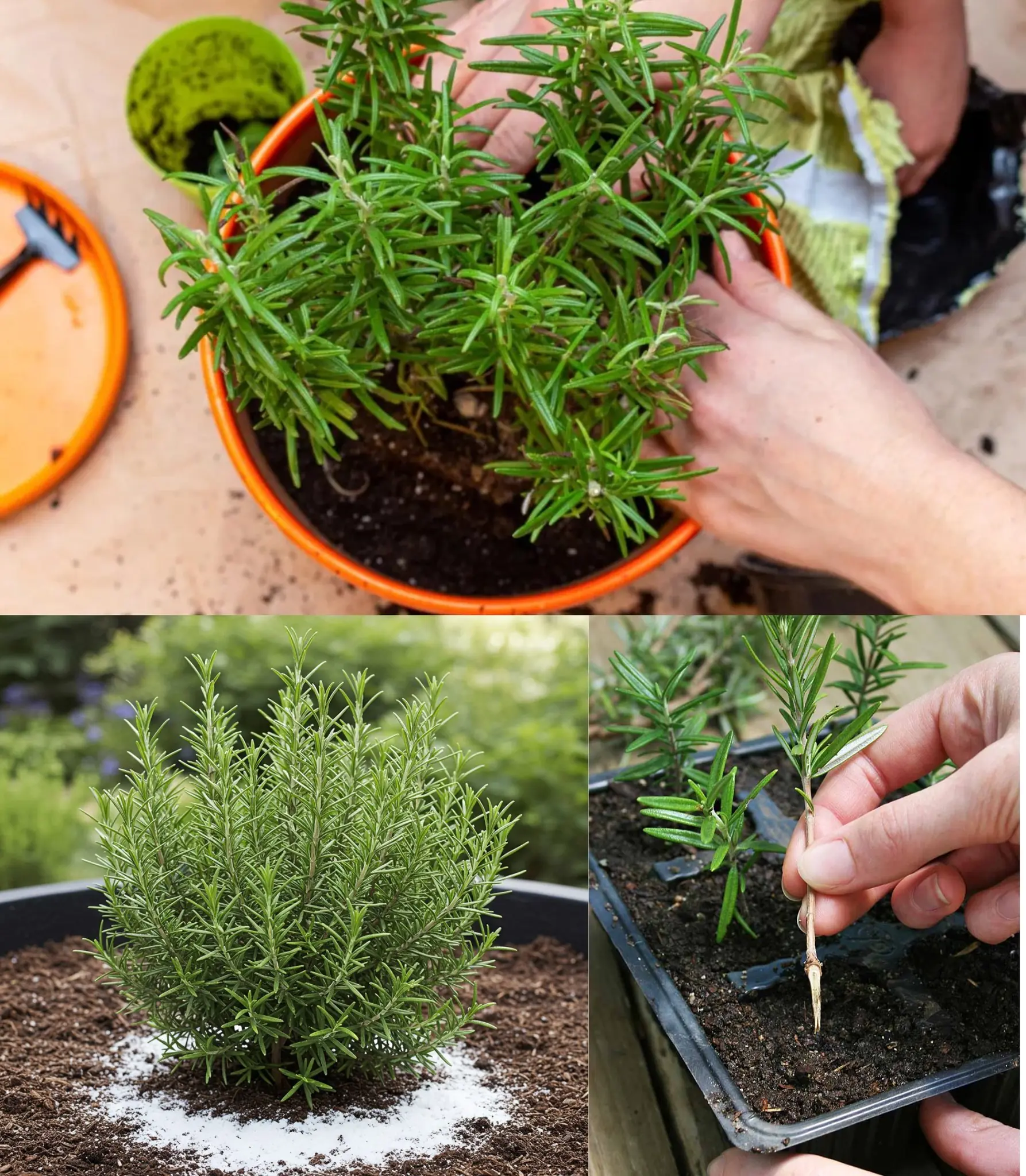
Rosemary Never Dries Again – Here’s the Gardener’s Trick!
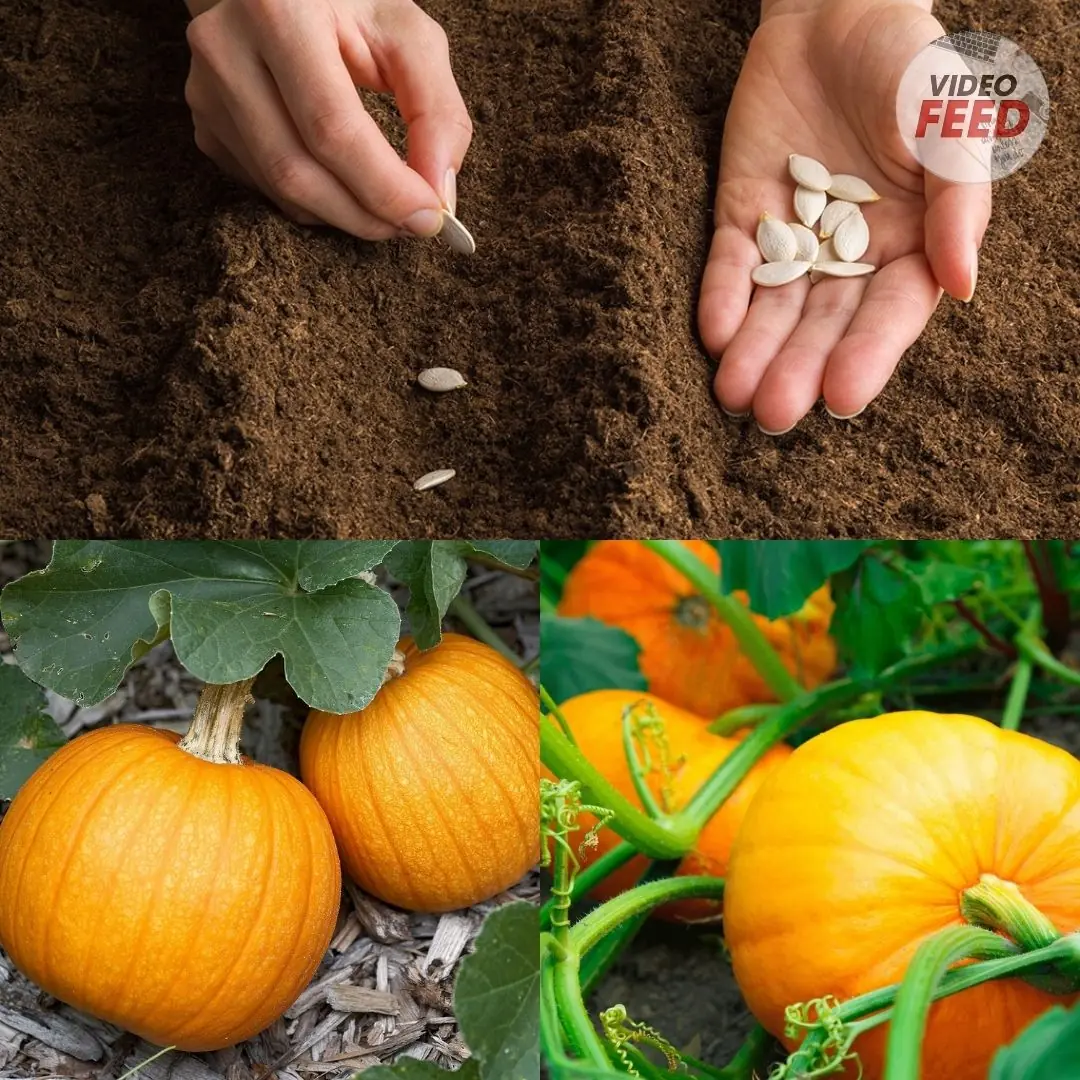
How to Grow Pumpkins in Your Home Garden
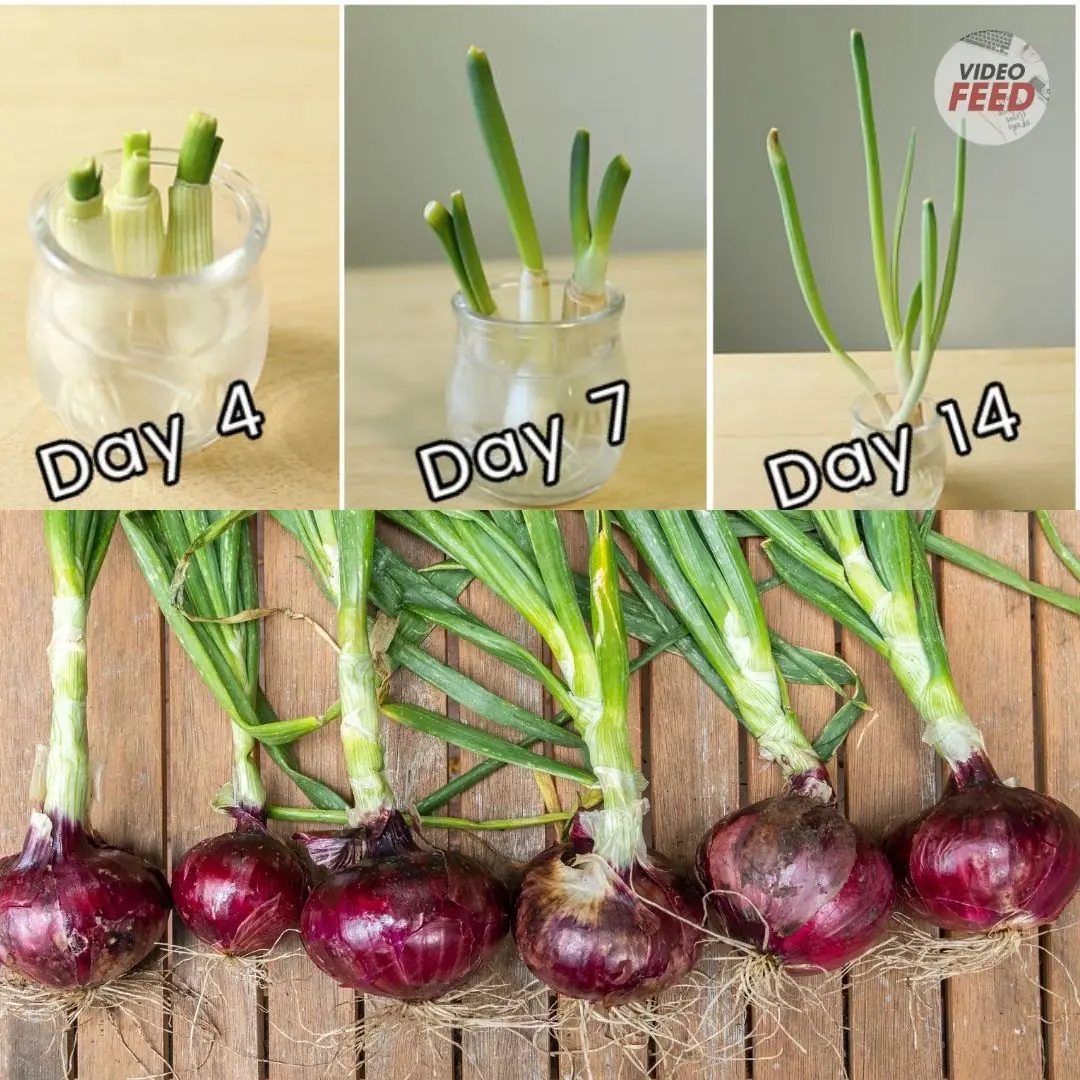
How to Grow and Care for Red Onions in the Garden
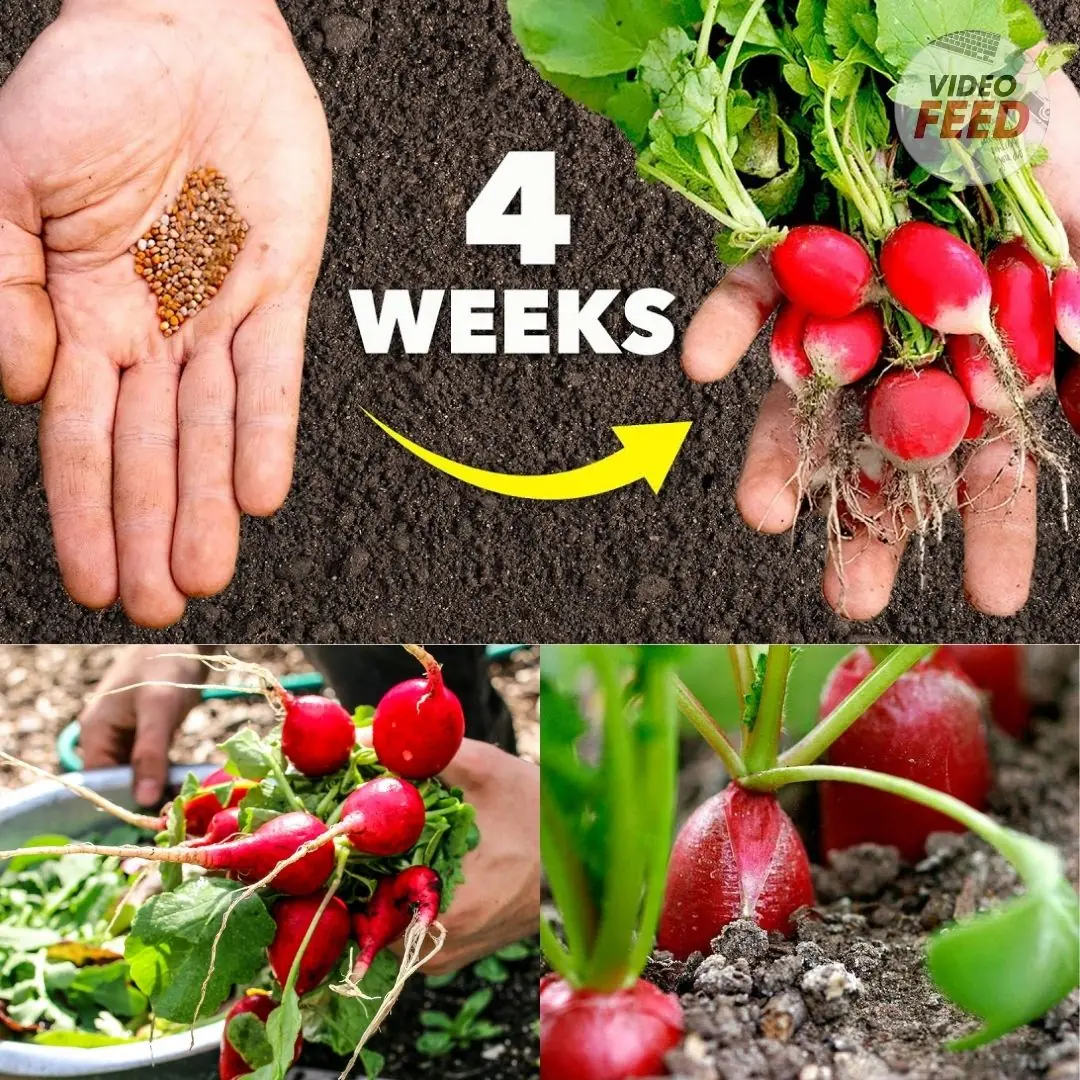
6 Easy Steps to Plant Radish Seeds in an Organic Kitchen Garden
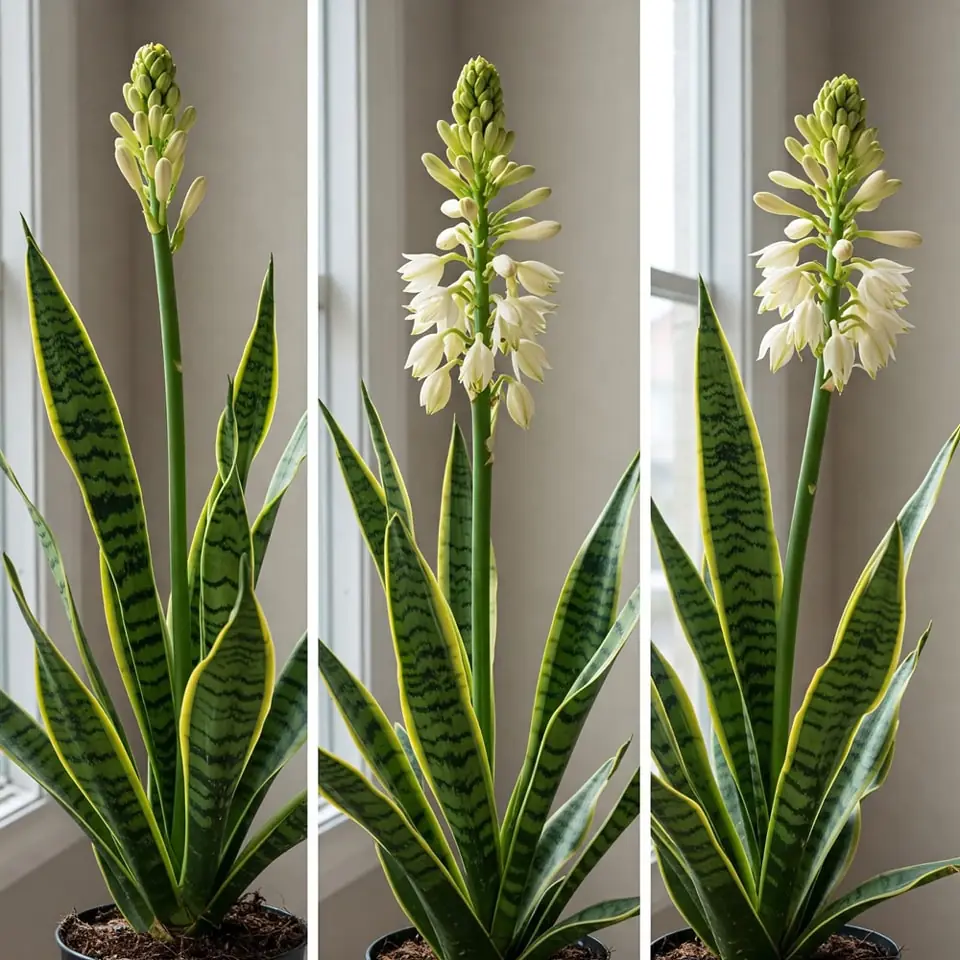
Snake Plants and Their Rare Blooming Phenomenon: A Guide to Encouraging Flowers

How to Grow Cabbage: 10 Tips for a Successful Harvest
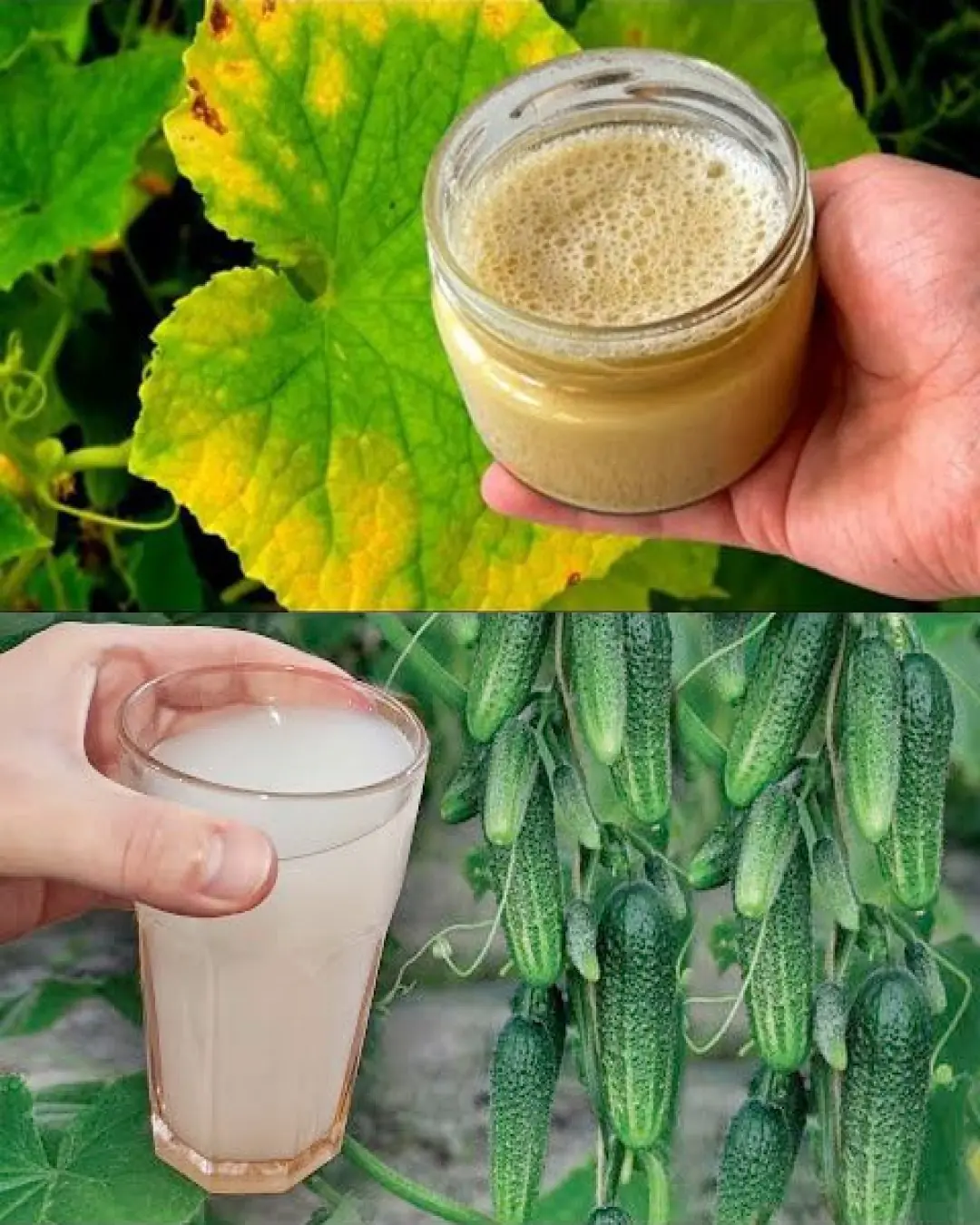
The Power of Yeast: A Natural Booster for Growing Tomatoes, Peppers, and Cucumbers
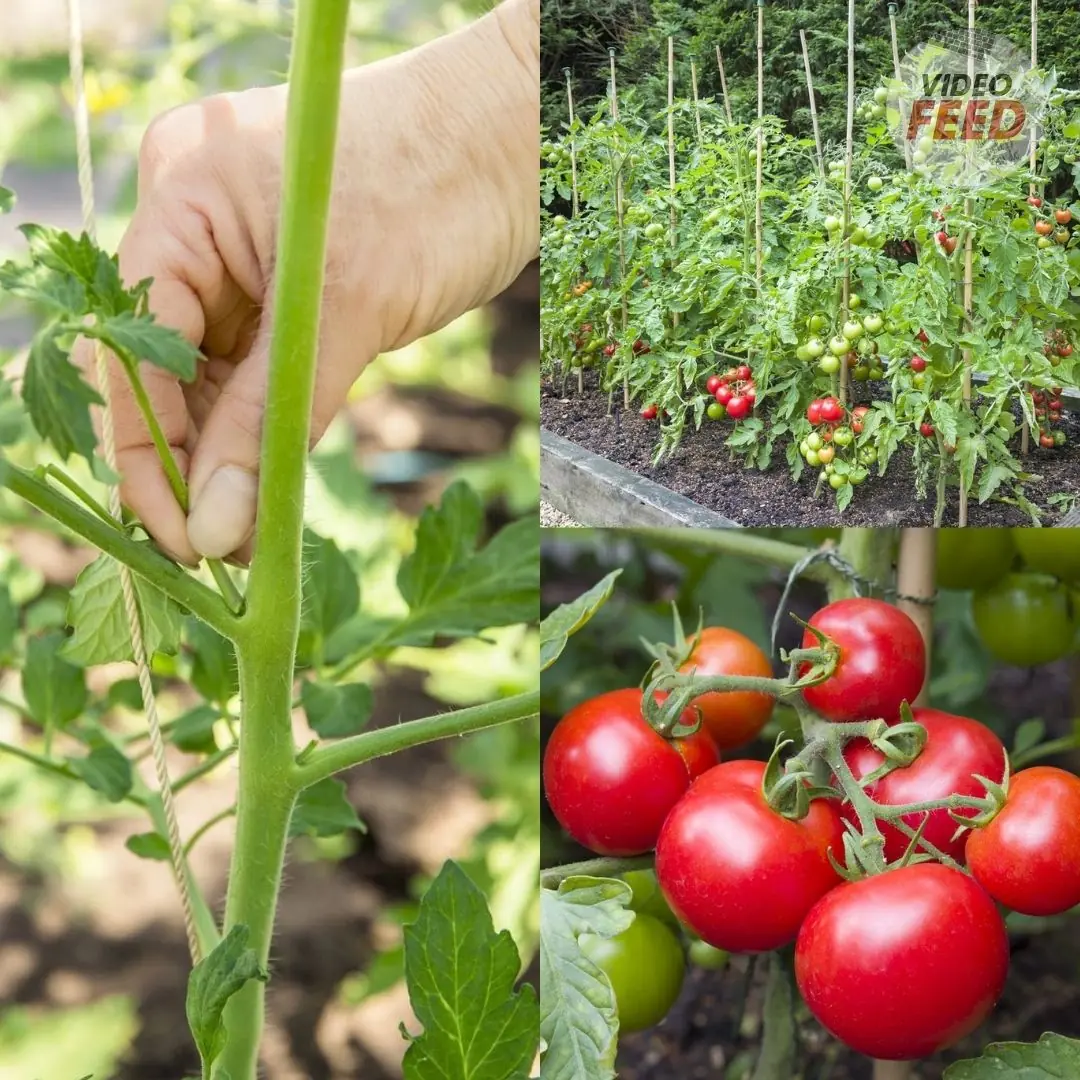
The 8 Biggest Tomato Growing Mistakes, According to Experts
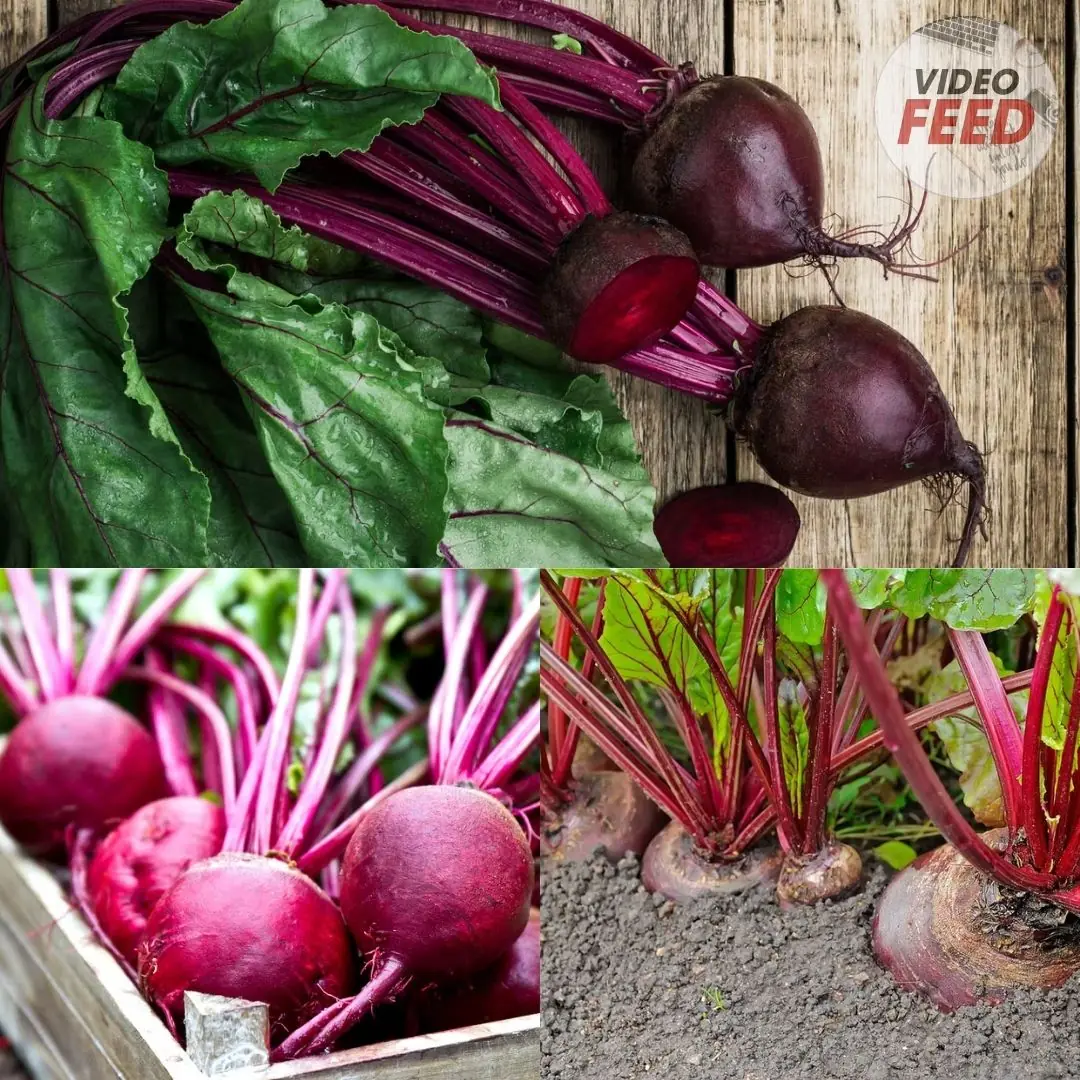
How to Grow Beets This Fall for a Hearty Autumn Harvest
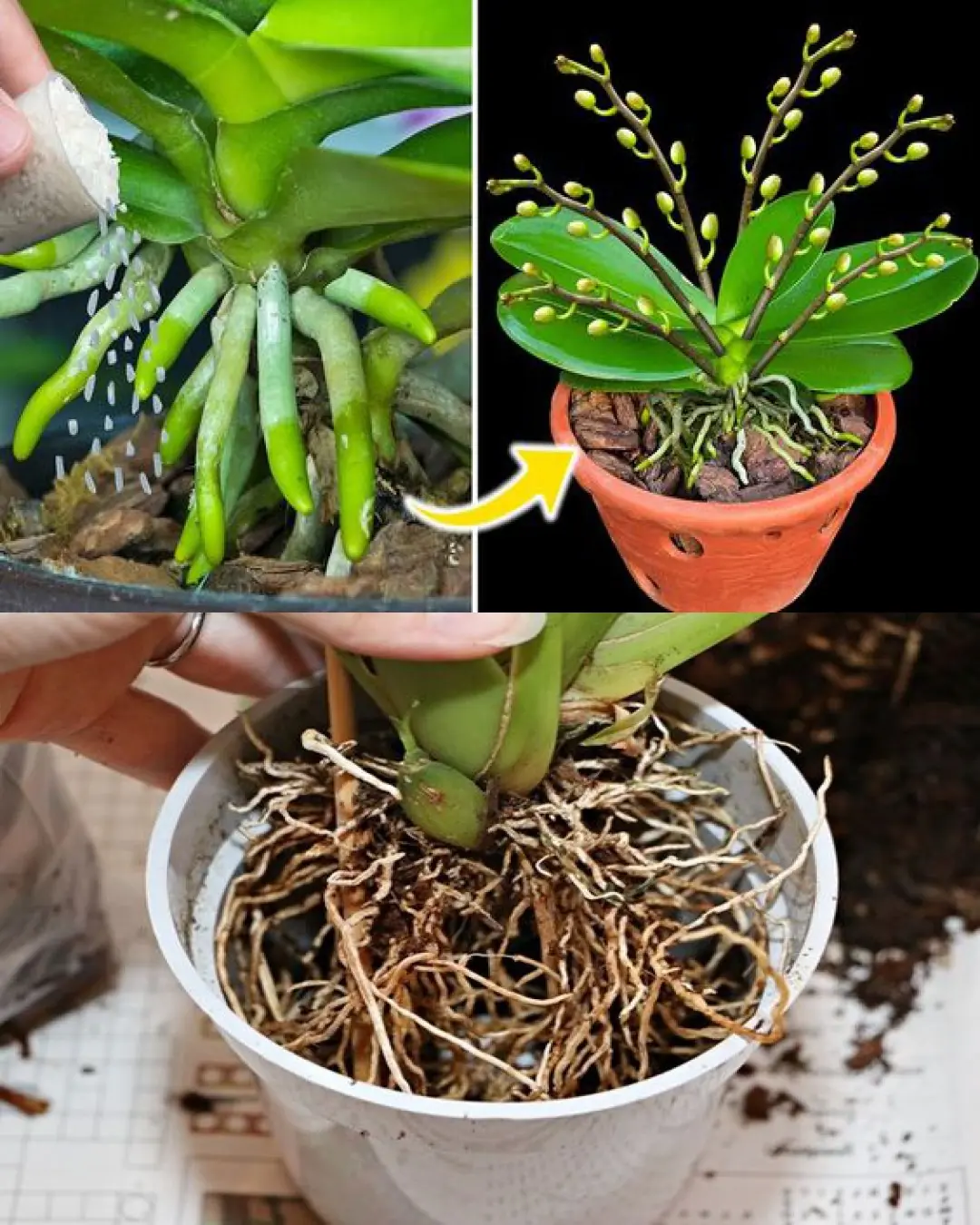
Deciphering Orchid Roots: Reasons They Extend Beyond Pots and Recommended Actions
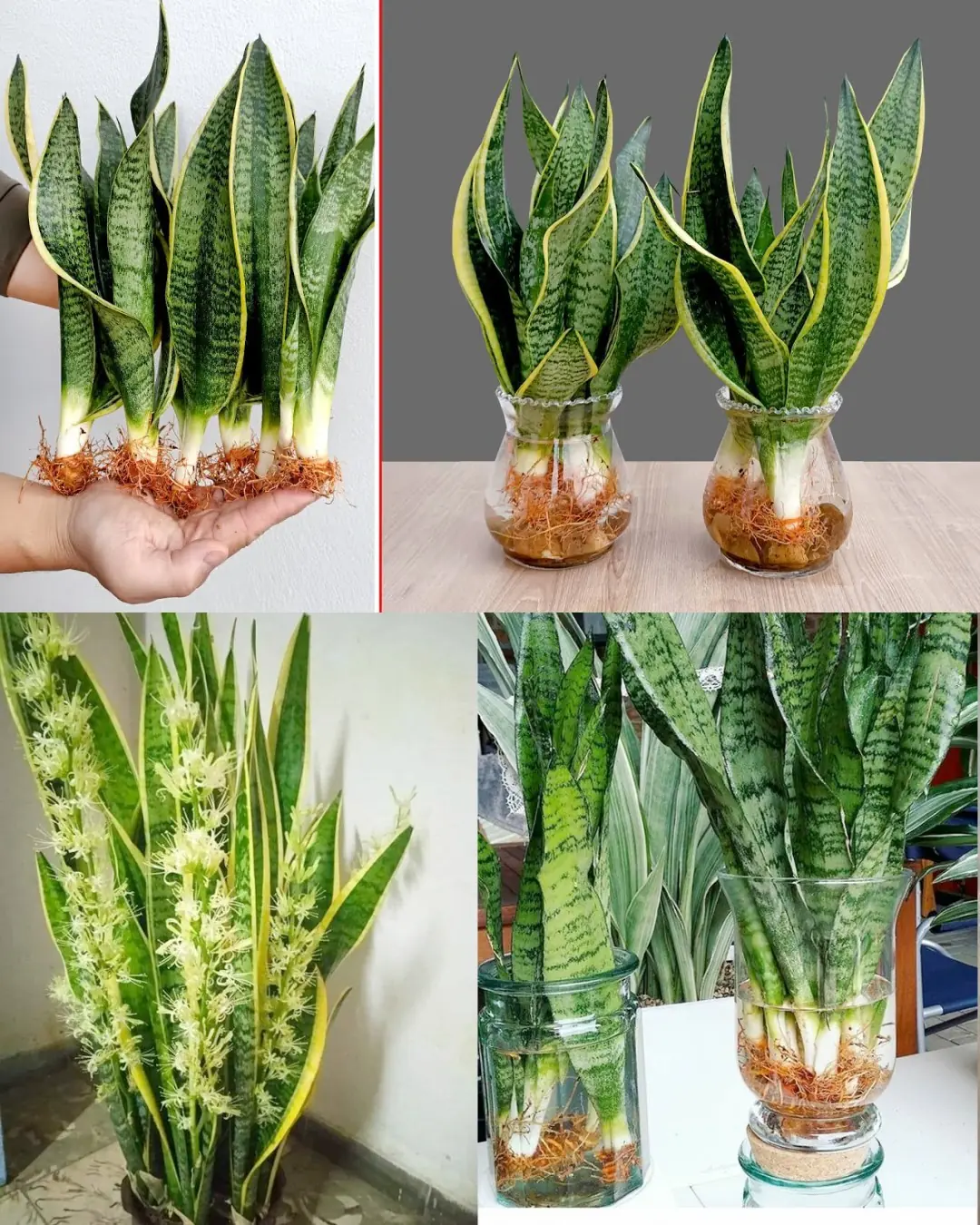
How to Multiply Your Sansevieria Quickly: From One Plant to a Thriving Collection
News Post

15 Years Can.cer-Free: Japanese Doctor Shares 5 Simple Habits to Keep Can.cer Cells from Returning

3 familiar household items that are harmful to health

6 eating habits that silently destroy your health
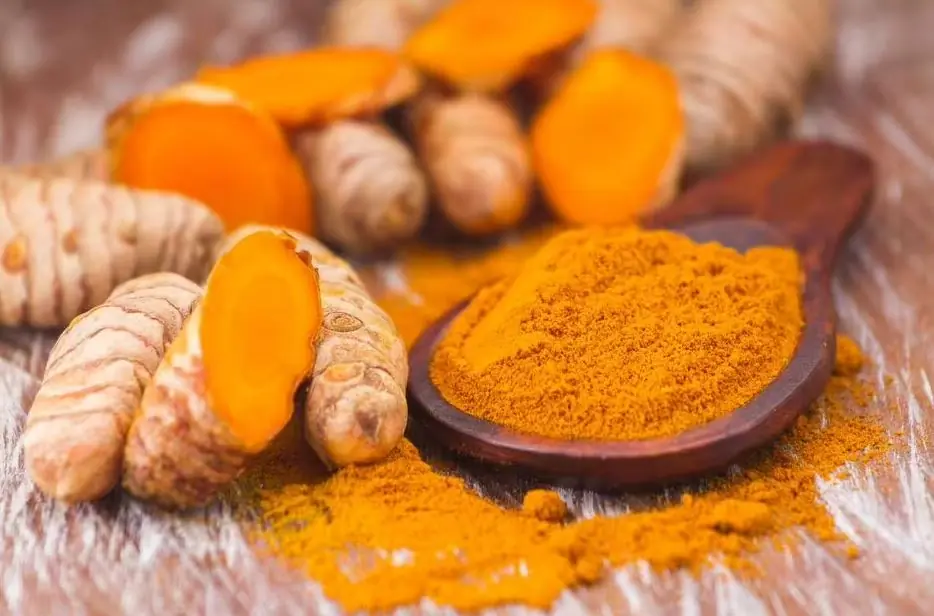
Diabetics are ‘very afraid’ of a spice that is abundant in the market: American experts say it is ‘as good as prescription drugs’

7 “Golden” Summer Vegetables: Fresh, Chemical-Free, and Worth Eating Every Day

Rub Ginger on the Soles of Your Feet Before Bed, and You’ll Experience Its “Miraculous” Health Benefits

When Installing an Air Conditioner, Avoid These 4 Spots to Protect Your Family’s Health

10 Tips for Growing a Big Pepper Harvest

How to Grow Kiwi in Containers at Home

What happens to your body if you drink orange juice every day?
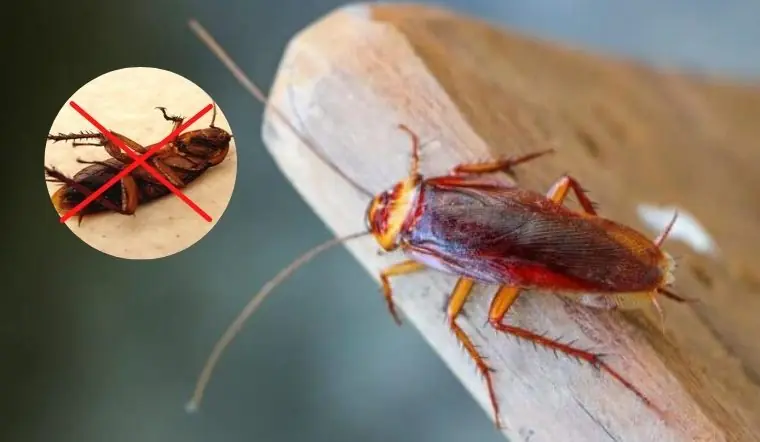
4 effective ways to ensure your home is free of cockroaches

Are two-headed snakes real? Why does this phenomenon occur?

A cup of hot water can offer many health benefits
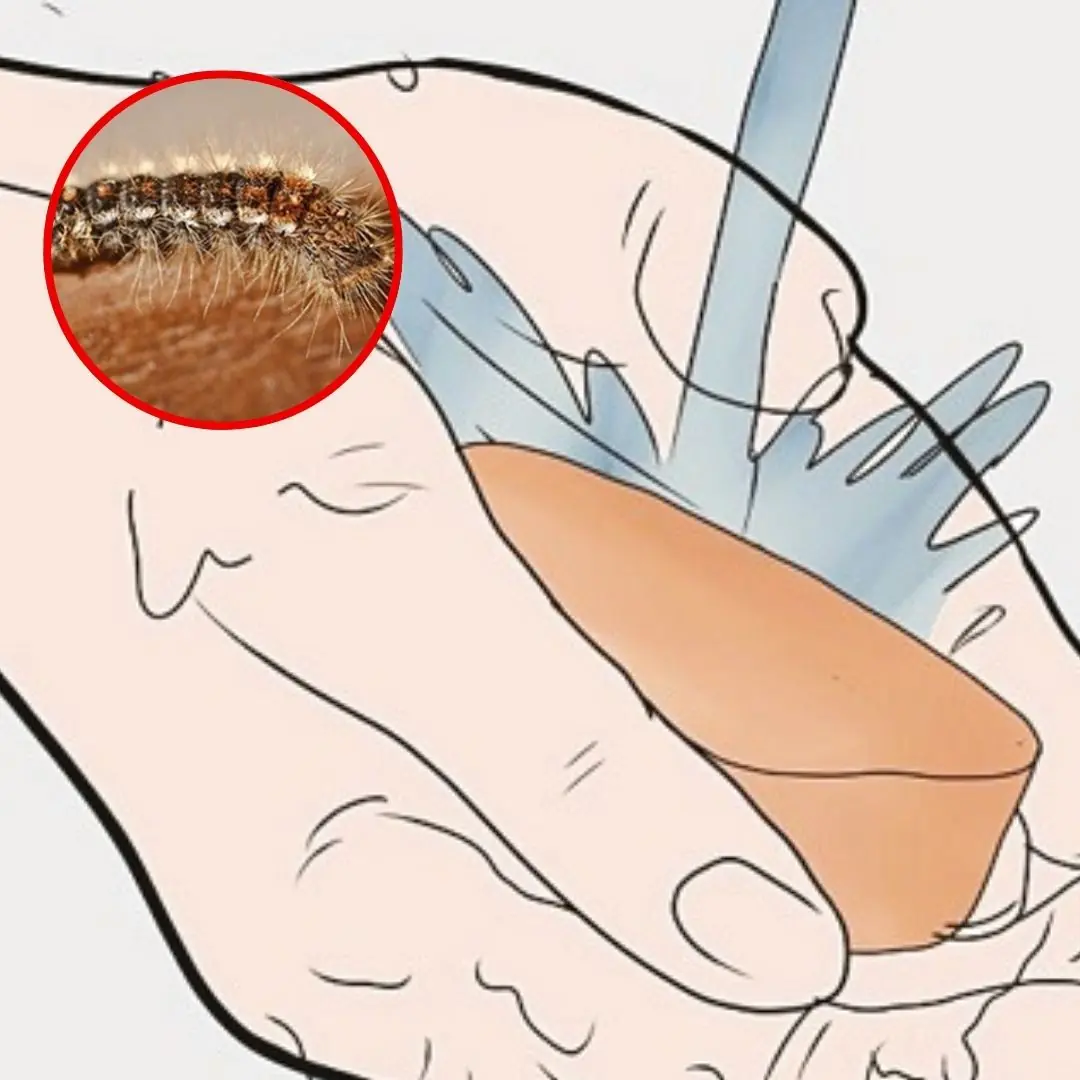
Caterpillar on you: 5 simple steps to treat at home

Otitis media – the “hidden culprit” causing vestibular disorders that many people ignore

Don't drink water before bed but still urinate at night, beware of these 3 diseases

How to Plant a Mango Seed and Successfully Grow

Secrets to growing lemongrass at home – easy to do, suitable for beginners
